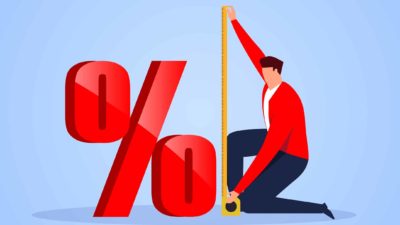One sign that a business is thriving and expanding is that it hires more people.
So that sort of activity can suggest to investors that the company is worth putting some money into.
Consumer research firm IBISWorld this week identified not just individual businesses but 5 sectors that will host a significant rise in jobs in the next 5 years.
The companies within those industries will provide the new positions needed for Australia to recover from the COVID-19 recession.
| Employment growth per annum | ||
| Industry | 2020-21 | 2021 to 2026 |
| Salt, lithium and other mineral mining | (7.3%) | 9% |
| Digital advertising agencies | 6.9% | 8.7% |
| Organic farming | 6.6% | 8.2% |
| Online food ordering and delivery platforms | 7.3% | 8.2% |
| Performing arts venues | 7.7% | 7.1% |
| Source: IBISWorld; Table created by author | ||
Electric cars need batteries, and what are they made of?
Topping the list was the 'salt, lithium and other mineral' mining sector.
The industry will see revenue and employment fall 8.4% and 7.3% respectively for the 2021 financial year. But IBISWorld projects a roaring comeback, with 14.4% per annum revenue growth over the next 5 years.
Employment is expected to increase 9% per year over the same period, picking up 5,500 workers.
Lithium producers are already popular with many investors as a bet on electric vehicles and renewable energy.
"The manufacture of lithium-ion batteries, used in electric vehicles, renewable energy storage systems and smartphones and tablets, requires chemical-grade lithium concentrates," said IBISWorld senior industry analyst Suzy Oo.
"And as the world's largest lithium producer, Australia is expected to benefit from rising electric vehicle demand in the coming years."
3 ASX lithium producers set to power the electric age
Eiger Capital portfolio manager Victor Gomes this week picked 3 particular ASX stocks ready to ride the lithium battery wave: IGO Ltd (ASX: IGO), Pilbara Minerals Ltd (ASX: PLS) and Lynas Rare Earths Ltd (ASX: LYC).
"[They] are all tier-one global producers with long mine lives and are at the bottom end of their respective global cost curves," he said on Livewire.
"These 3 are not planned projects or exploration opportunities. All are existing operating and producing businesses that can quickly respond to increased demand (and higher prices)."
Gomes emphasised that it's not just pure-electric players like Tesla Inc (NASDAQ: TSLA) that's driving battery material demand.
"Volkswagen is shifting exclusively to EVs and by 2030 will have more EV than ICE [internal combustion engine] models, Volvo is doing so sooner with >50% of models planned to be electric by 2025, Toyota expects to sell 4.5 million EV/hybrids by 2030, even GM has announced the EV Hummer."
Battery cost has so far been the biggest stumbling block to making electric vehicles cheap enough for mass consumption. But like most technologies, manufacturing costs gradually come down.
"Tesla is now at or below the magic US$100/KWh battery cost tipping point where the cost of EVs become on par with ICE vehicles," said Gomes.
"Hundreds of billions of dollars of OEM research and development have been shifted from ICE to EV development whilst battery technology continues to improve at 12 to 15% per annum in energy density and cost."
Gomes' funds had already done pretty well out of two of his lithium picks.
"PLS was the largest contributor to the Eiger Australian Small Companies Fund's performance over the December 2020 quarter and LYC was number 2."









